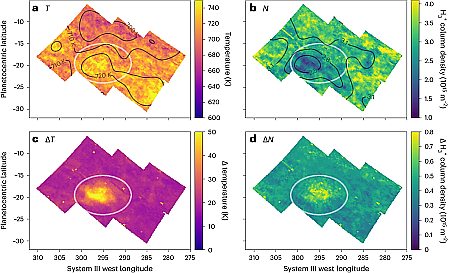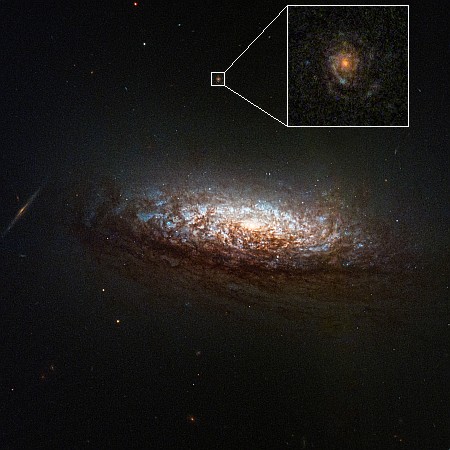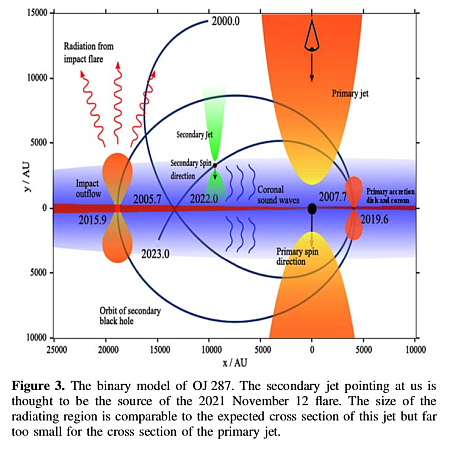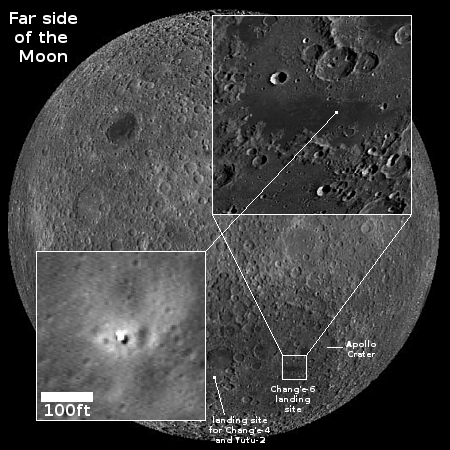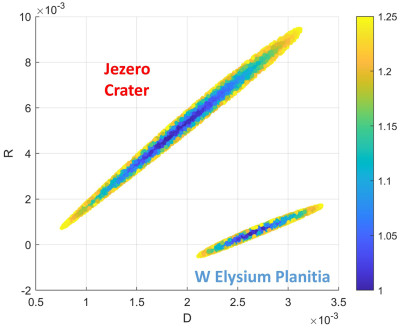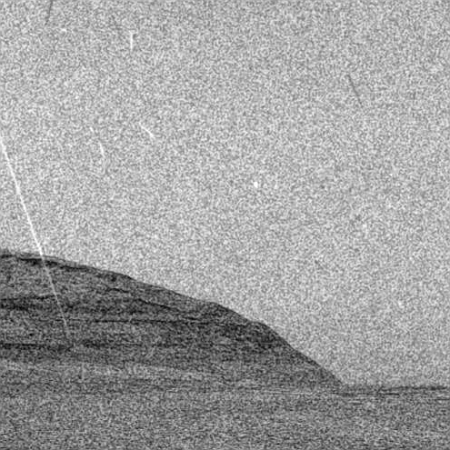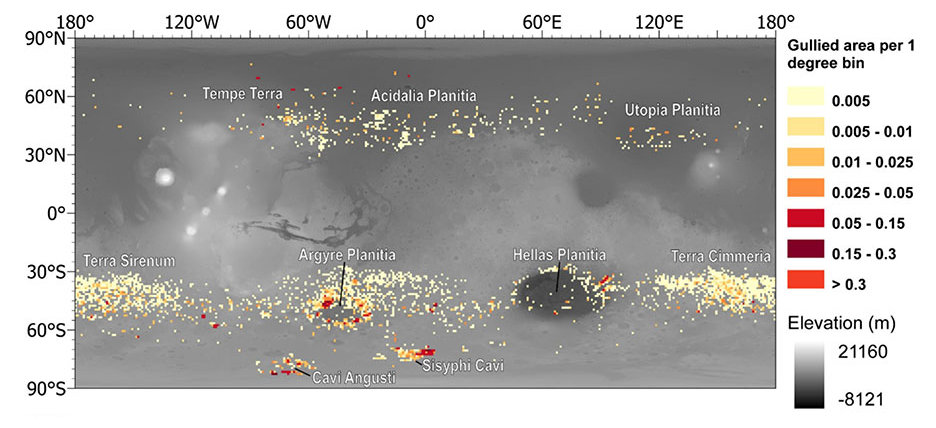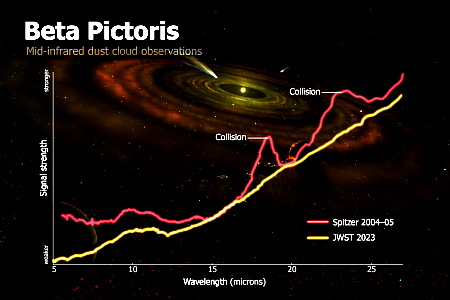Juno infrared data confirms existence of at least eleven lava lakes on Io
Using infrared data from the Jupiter orbiter Juno, obtained during a close fly-by in May 2023 of the moon Io, scientists have identified what appear to be at least eleven active lava lakes, all filled with liquid magma under a surface crust and having a stable perimeter that apparently does not overflow the rim.
You can read the research paper here. The graphic to the right is figure 6 from the paper, describing two models for explaining why the lava in these lakes never rises high enough to pour out.
Unlike the April fly-by, which got as close as 10,777 miles and produced some amazing imagery, the May fly-by only got within 22,000 miles, but its course allowed Juno’s infrared instruments to collect good global data for six hours.
The JIRAM data reveal a common set of thermal characteristics for at least ten patera, with bright “thermal rings” around the perimeter of their floors. Loki, Surt, Fuchi, Amaterasu, Mulungu, Chors, and Dazhbog paterae, two unnamed paterae (here referred to as UP1 and UP2), and two other potential additional paterae (not discussed further because the spatial resolution is poor), all show the same pattern of surface temperatures.
That data suggested that each patera was a hot lava lake, with a stable rim in which little magma ever overflowed. As the scientists conclude in their paper, “Present findings highlight Io’s abundant lava reserves, resembling lava lakes on Earth in some ways, yet distinctly different from any other phenomena observed in the Solar System.” The scientists also note that no missions are being planned right now to get a better look at Io.
Using infrared data from the Jupiter orbiter Juno, obtained during a close fly-by in May 2023 of the moon Io, scientists have identified what appear to be at least eleven active lava lakes, all filled with liquid magma under a surface crust and having a stable perimeter that apparently does not overflow the rim.
You can read the research paper here. The graphic to the right is figure 6 from the paper, describing two models for explaining why the lava in these lakes never rises high enough to pour out.
Unlike the April fly-by, which got as close as 10,777 miles and produced some amazing imagery, the May fly-by only got within 22,000 miles, but its course allowed Juno’s infrared instruments to collect good global data for six hours.
The JIRAM data reveal a common set of thermal characteristics for at least ten patera, with bright “thermal rings” around the perimeter of their floors. Loki, Surt, Fuchi, Amaterasu, Mulungu, Chors, and Dazhbog paterae, two unnamed paterae (here referred to as UP1 and UP2), and two other potential additional paterae (not discussed further because the spatial resolution is poor), all show the same pattern of surface temperatures.
That data suggested that each patera was a hot lava lake, with a stable rim in which little magma ever overflowed. As the scientists conclude in their paper, “Present findings highlight Io’s abundant lava reserves, resembling lava lakes on Earth in some ways, yet distinctly different from any other phenomena observed in the Solar System.” The scientists also note that no missions are being planned right now to get a better look at Io.




